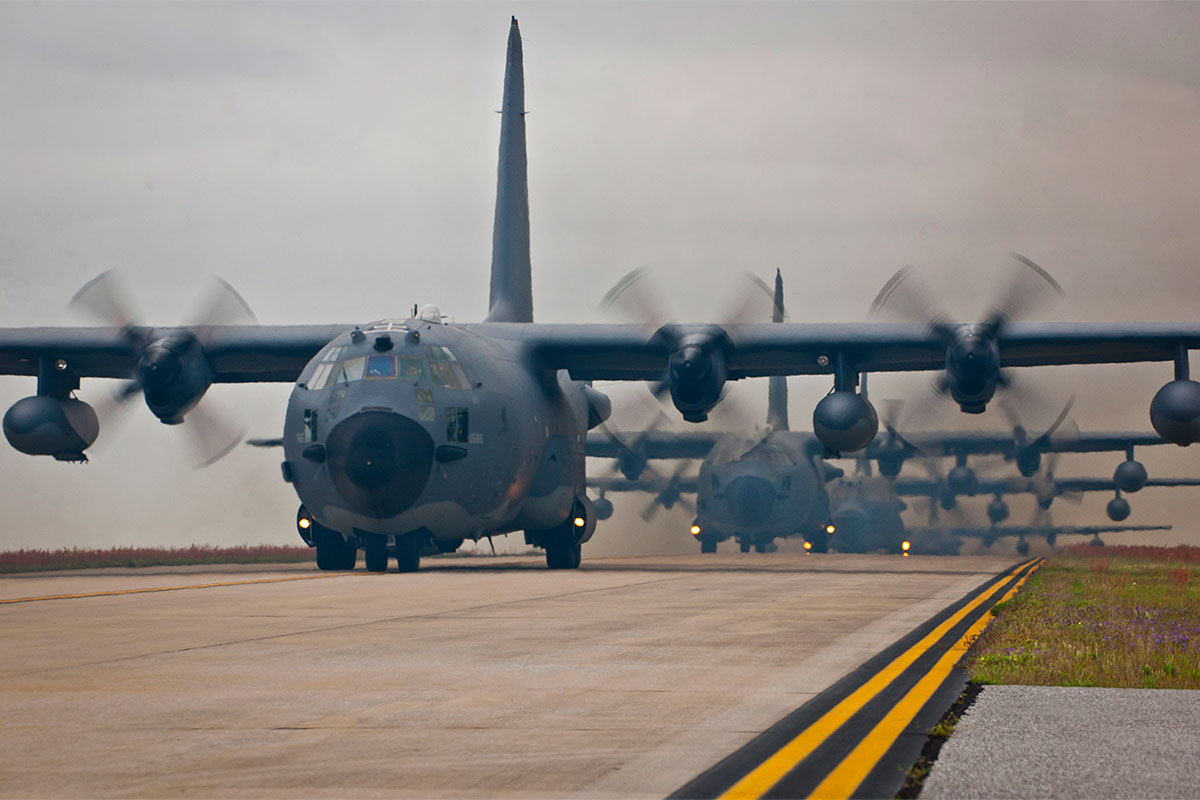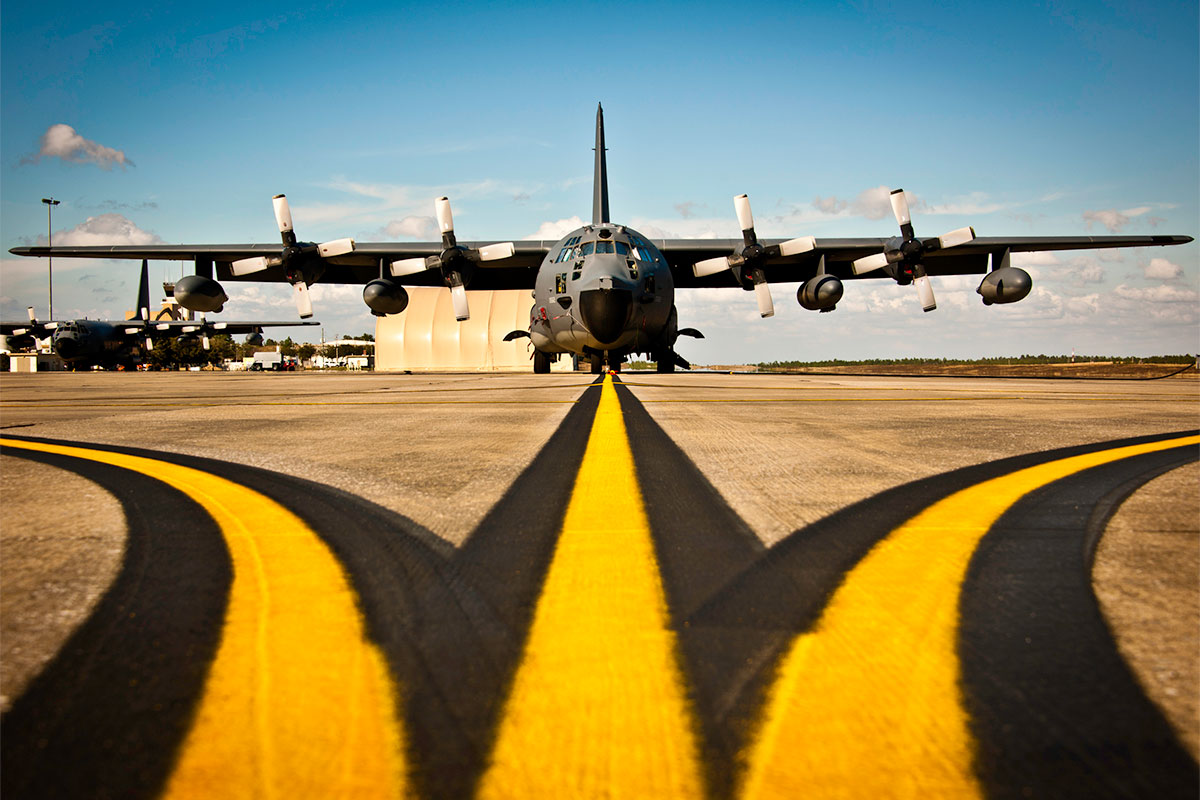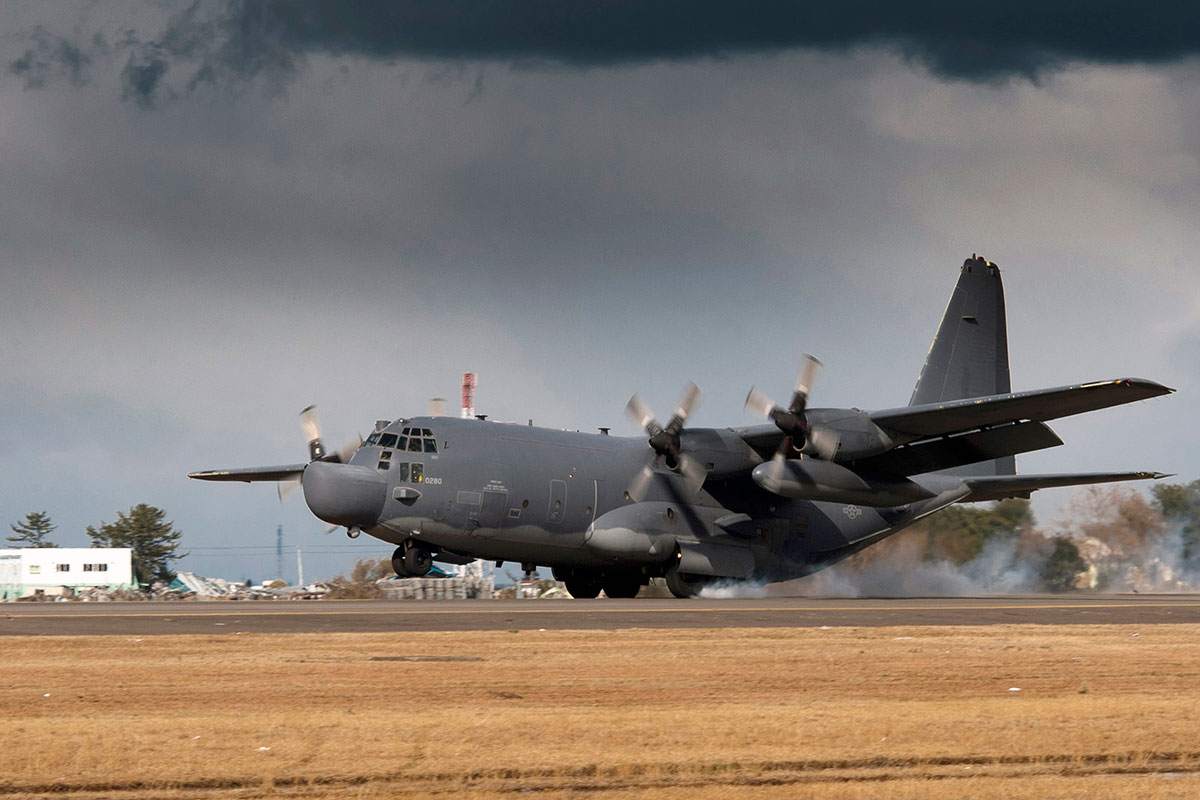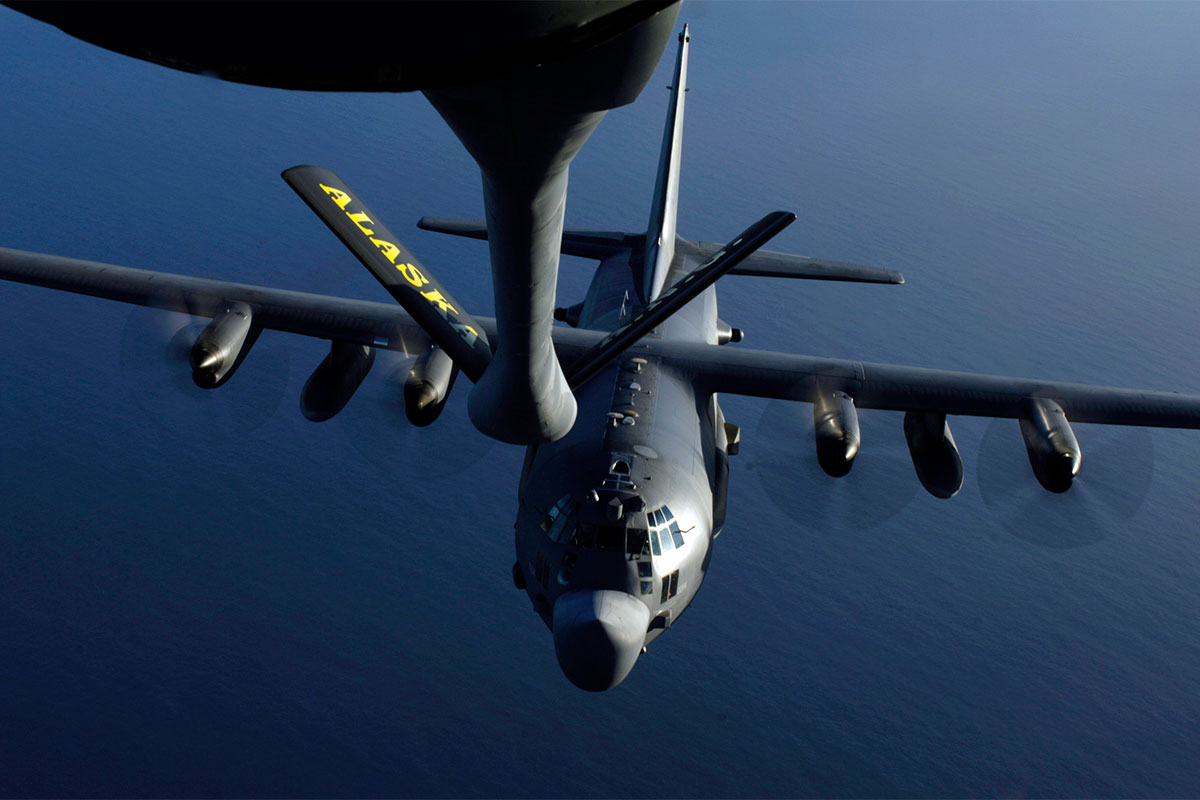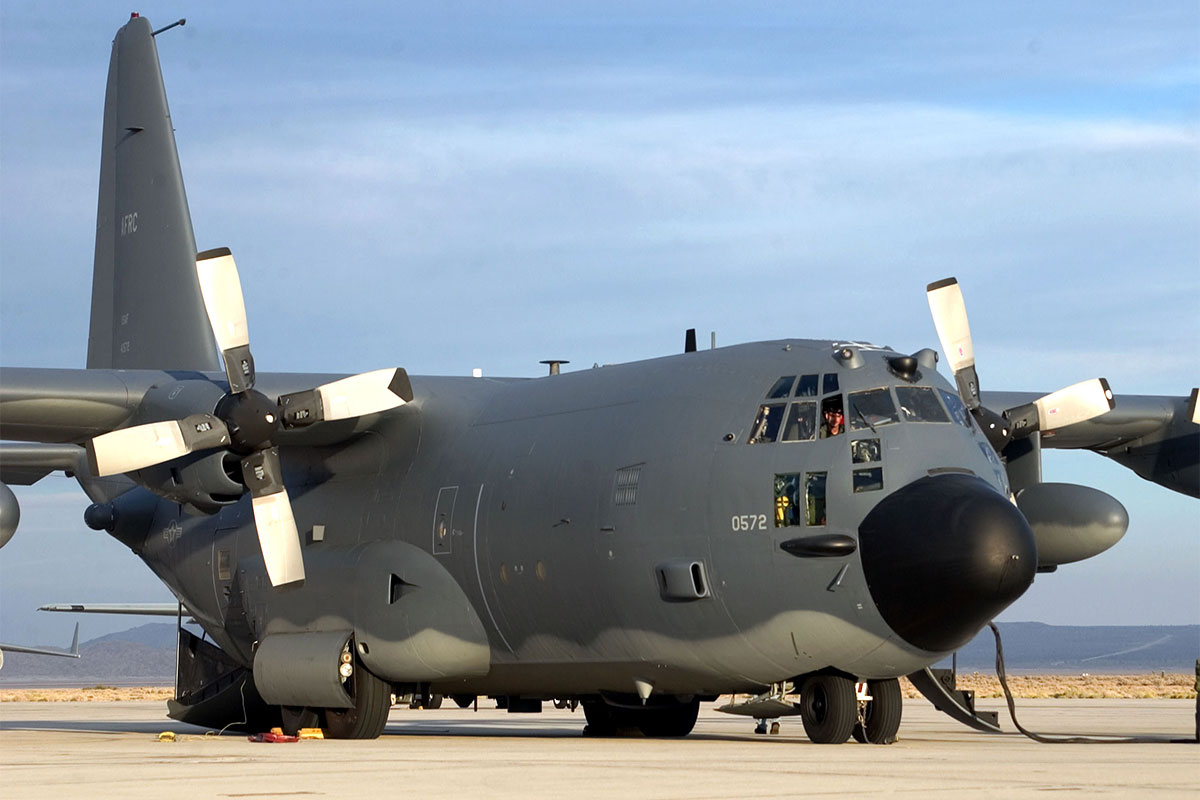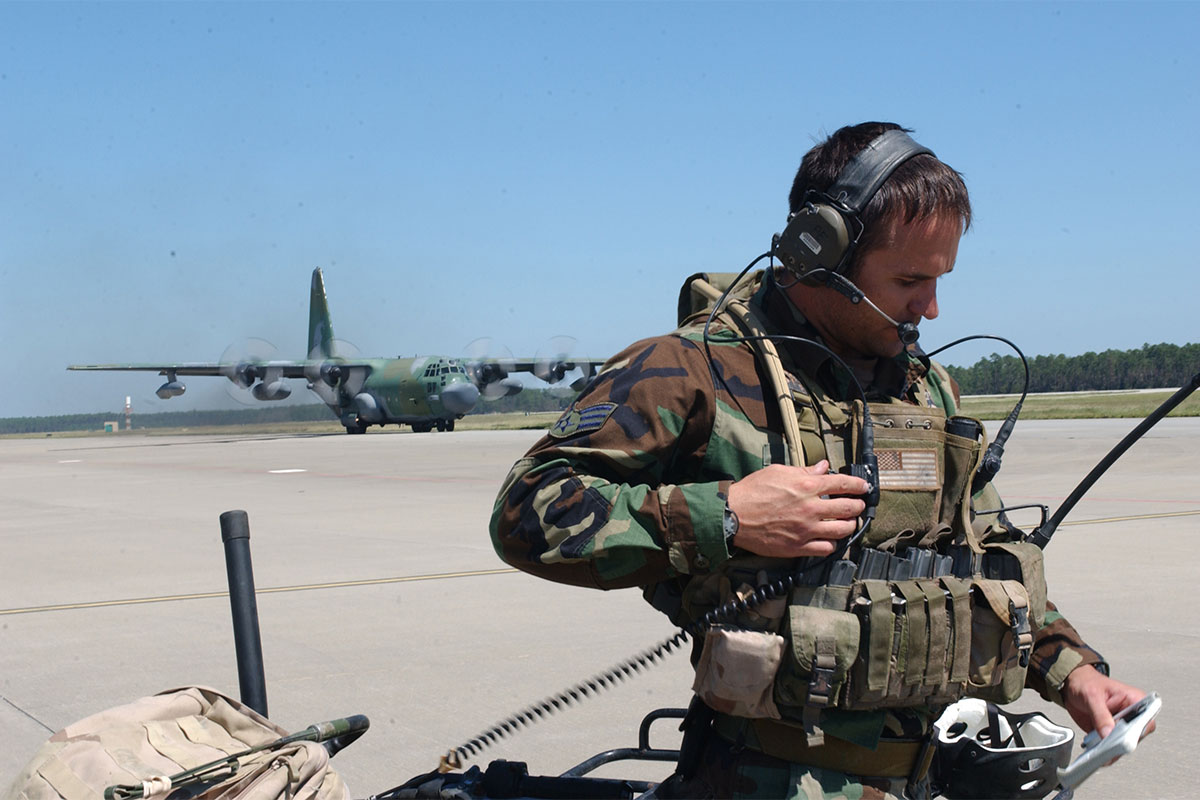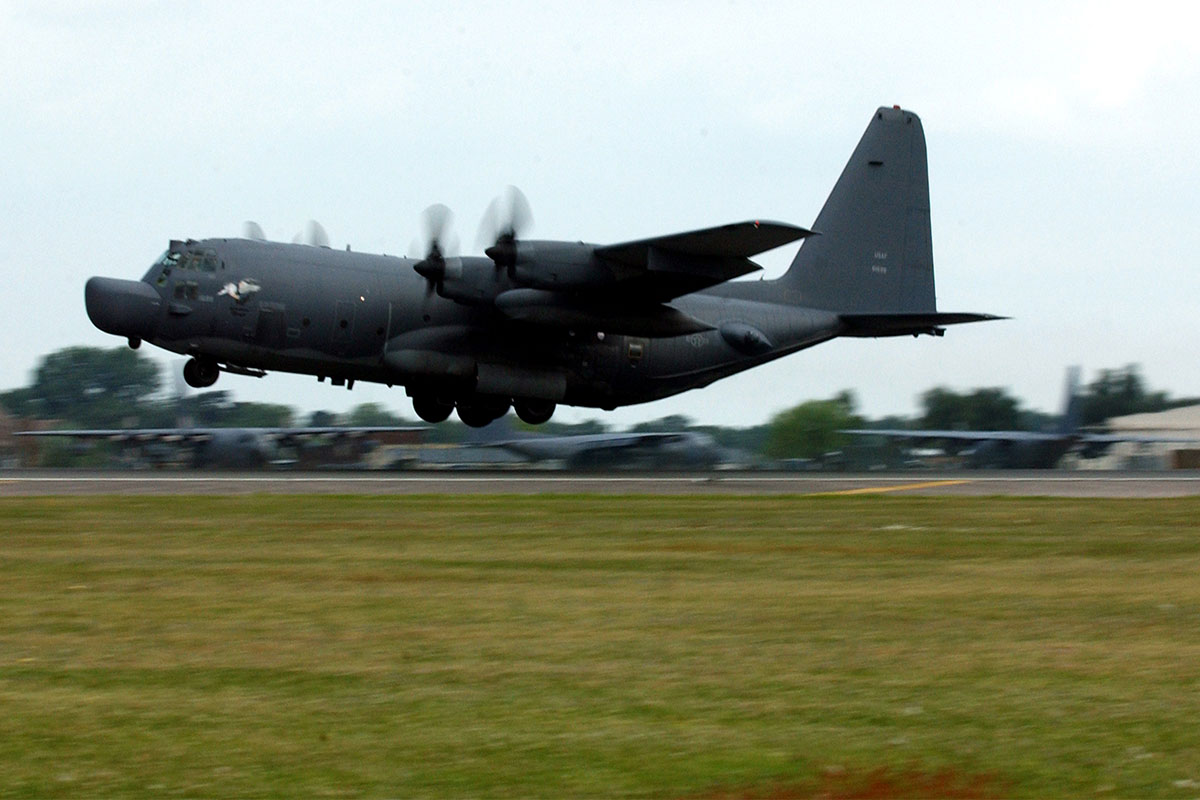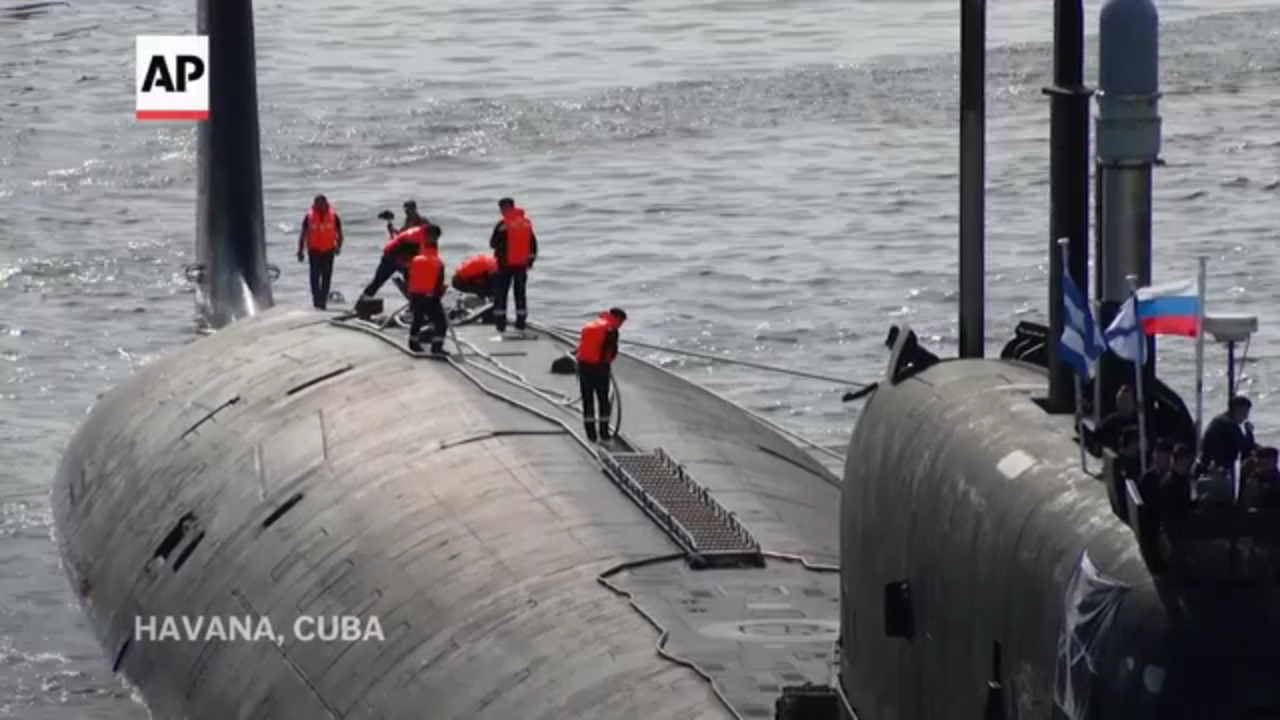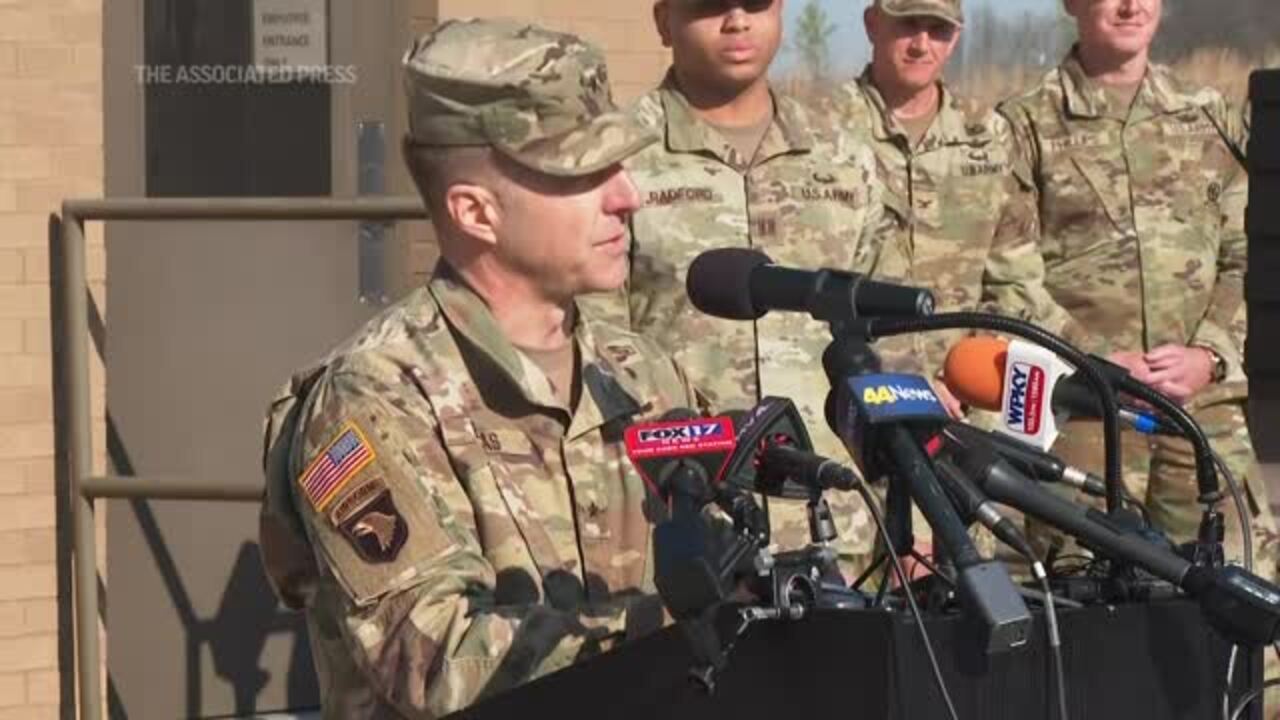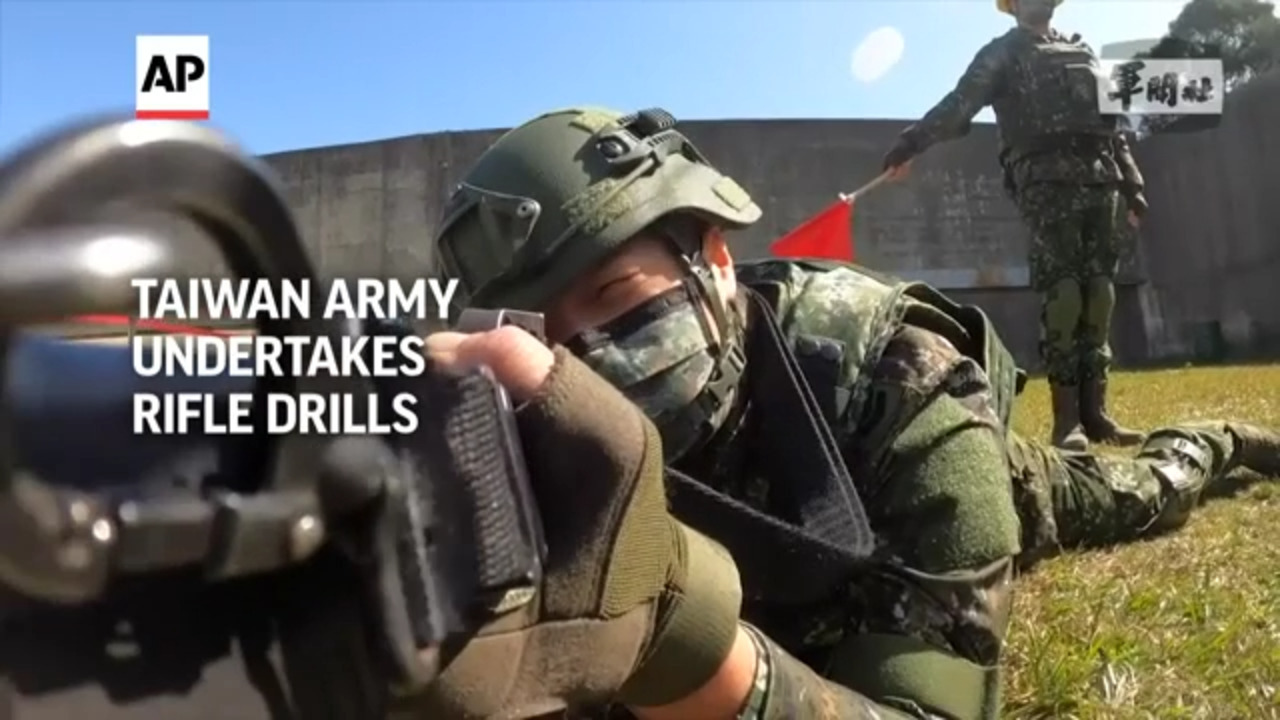Contractor: Lockheed Martin
Service: United States Air Force
Power Plant: Four Allison T56-A-15 turboprop engines
Speed: 300 mph
Maximum Takeoff Weight:155,000 pounds (69,750 kilograms)
Range: 2,700 nautical miles
Crew: MC-130E: Two pilots, two navigators and an electronic warfare officer (officers); flight engineer, radio operator and two loadmasters (enlisted). MC-130H: Two pilots, a navigator and electronic warfare officer (officers); flight engineer and two loadmasters (enlisted)
The MC-130E Combat Talon I and MC-130H Combat Talon II provide infiltration, exfiltration, and resupply of special operations forces and equipment in hostile or denied territory. Secondary missions include psychological operations and helicopter and vertical lift air refueling.
Both aircraft feature terrain-following and terrain-avoidance radars capable of operations as low as 250 feet in adverse weather conditions. Structural changes to a basic C-130 include the addition of an in-flight refueling receptacle and strengthening of the tail to allow high speed/low-signature airdrop. Their navigation suites include dual ring-laser gyros, mission computers, and integrated global positioning system. They can locate and either land or airdrop on small, unmarked zones with pinpoint accuracy day or night.
An extensive electronic warfare suite enables the aircrew to detect and avoid potential threats. If engaged, the system will protect the aircraft from both radar and infrared-guided threats.
Both the MC-130E and MC-130H are equipped with aerial refueling pods to provide in-flight refueling of special operations forces and combat search and rescue helicopters and vertical lift assets.
The primary difference between the MC-130E and MC-130H involves the degree of integration of the mission computers and avionics suite. The Combat Talon I was conceived originally and developed during the 1960s, and although extensively upgraded in the 1980-90s it still features analog instrumentation and does not fully integrate the sensors and communications suites. The Combat Talon II, designed in the 1980s, features an integrated glass flight deck which improves crew coordination and reduces the crew complement by two.
The MC-130E Combat Talon first flew in 1966 and saw extensive service in Southeast Asia, including the attempted rescue of Americans held at the Son Tay prisoner-of-war camp in 1970. Also, the MC-130E landed in the Iranian desert in April 1980 in support of Operation Eagle Claw, the attempt to rescue American hostages held by Iran.

